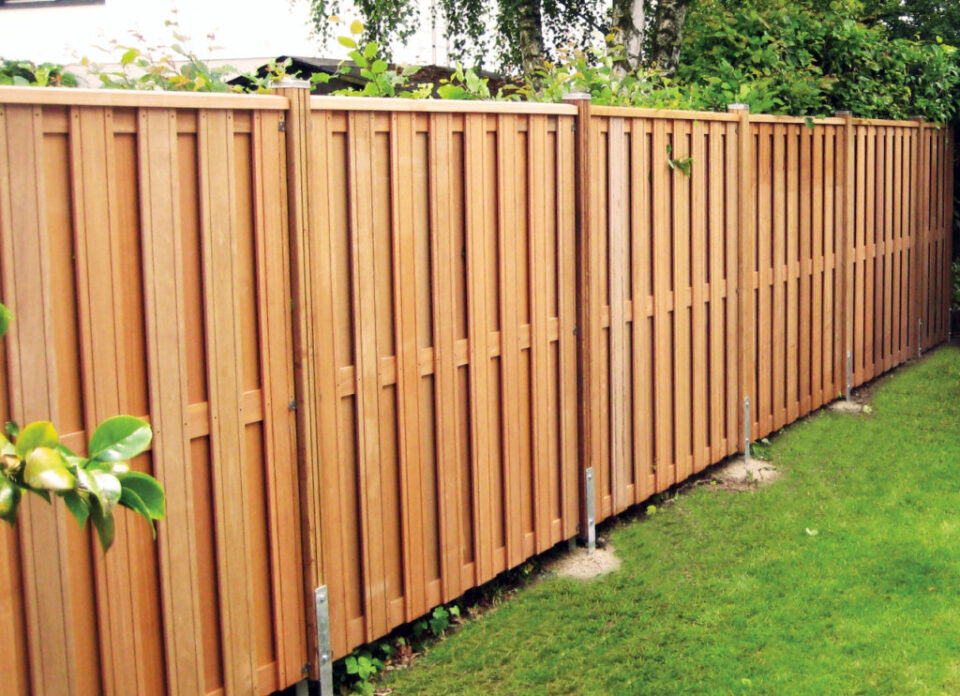A well-built fence does more than mark boundaries; it enhances privacy, boosts curb appeal, and adds value to a home. For homeowners, choosing the right wood is a critical step in ensuring durability and style. With so many options available, it’s easy to feel overwhelmed by the choices.
Different wood types offer unique benefits, from natural resistance to weather and pests to ease of maintenance. Selecting the best material means balancing aesthetics, budget, and long-term performance. This guide breaks down the essentials to help homeowners make an informed decision for their fencing needs.
Key Considerations When Selecting Fence Materials
Durability and Resistance
Choosing wood based on its durability ensures long-lasting performance. Cedar, known for its natural resistance to rot and insects, ranks among the best wood for fences. Homeowners preferring minimal maintenance can select cedar for a durable, rustic fence that withstands harsh weather conditions.
Aesthetic Appeal
The visual impact of fencing greatly influences a property’s overall look. Cedar rustic fences offer a warm, timeless appearance that complements various home styles. The grain pattern and natural tones of cedar make it a preferred option for enhancing curb appeal.
Cost and Budget
Wood fencing varies widely in price based on wood type and quality. Cedar costs more than some alternatives, but its longevity can reduce maintenance and replacement expenses over time. Balancing upfront costs with long-term savings helps homeowners make smart decisions.
Environmental Sustainability
Selecting sustainably sourced wood benefits the environment. Forest Stewardship Council (FSC)-certified options ensure responsible harvesting practices. Cedar’s popularity stems from its plentiful availability from renewable sources, adding to its eco-friendly appeal.
Maintenance Requirements
Different wood types demand varying levels of upkeep. Cedar requires periodic staining or sealing to retain its quality but involves fewer pest treatments compared to less durable woods. Homeowners seeking a low-maintenance option might consider cedar or other naturally resistant woods.
Regional Suitability
Climate impacts wood performance. Cedar performs well in diverse environments, making it a popular choice for fences in wet or dry climates. Homeowners in regions with extreme weather should prioritize materials suited for local conditions.
Why Cedar and Redwood Are Top Choices for Fencing
Cedar and redwood consistently rank among the best wood for fences due to their durability and aesthetic appeal. Both woods resist rot, decay, and insect damage naturally, lowering long-term maintenance requirements. Their high oil content creates a natural barrier against moisture, which reduces warping and cracking over time.
Cedar Fencing: Known for its rich color and fine grain, cedar enhances a fence’s rustic charm, making it a popular choice for homeowners. It is lightweight yet strong, simplifying installation on various fence styles, including picket, privacy, and decorative fences. Cedar’s ability to retain its shape under varying weather conditions contributes to its reputation as a reliable material for outdoor structures.
Redwood Fencing: Renowned for its deep hue and smooth texture, redwood matches both modern and traditional home designs. Like cedar, it contains tannins and oils that protect it from pests and fungi. Homeowners often select redwood for high-end projects due to its premium look and extended lifespan, especially when properly treated and sealed.
Cedar and redwood’s longevity and visual appeal make them investment-worthy choices, particularly in climates with significant temperature fluctuations or high humidity. Whether building a Cedar Rustic Fence or adding a polished redwood fence, these materials deliver style and performance.
Comparing Softwoods vs. Hardwoods for Durability
Softwoods like cedar are frequently chosen for fencing due to their natural resilience and versatility. These woods are lighter, less dense, and easier to work with compared to hardwoods. Cedar, in particular, ranks among the best wood for fences as it resists rot, decay, and pests, requiring minimal maintenance. Its durability allows it to endure varying climates, making it a popular choice for rustic fence designs and modern styles alike.
Hardwoods, including oak and teak, provide exceptional strength and longevity. Their dense structure makes them highly resistant to physical damage and wear. However, they tend to be more expensive and heavier to handle. Hardwoods often demand more intensive maintenance due to their susceptibility to surface weathering over time unless properly treated. While these woods excel in toughness, their weight and cost often limit their use in residential fences.
How Staining and Sealing Enhance Wood Longevity
Staining and sealing protect fences from weather-related damage. These treatments help prevent moisture absorption, which causes warping, cracking, and rot. For wood fences like cedar, applying high-quality stain and sealant extends the material’s lifespan.
Stains offer two main benefits: preserving natural beauty and adding UV protection. Transparent or semi-transparent stains highlight the wood grain, making options like a cedar rustic fence visually appealing. UV-blocking stains reduce sun damage, keeping wood from fading.
Sealants serve as a moisture barrier, crucial for maintaining the best wood for fences in humid climates. They also repel water, stopping mold and mildew growth. Regular application ensures fences remain durable and resistant to environmental stress.
Proper timing for sealing or staining is important. Applying the treatment after installation, once the wood has dried, ensures effective absorption. With periodic reapplication every 2–3 years, fences maintain their strength and appearance.
Balancing Aesthetic Appeal and Practicality in Wood Selection
Choosing the best wood for a fence requires careful consideration of both style and functionality. Homeowners should weigh factors like durability, maintenance needs, and budget while prioritizing materials that complement their home’s design and withstand local climate conditions.
Cedar and redwood stand out as reliable choices, offering natural resistance to pests and weather while delivering timeless beauty. With proper care, these woods can provide long-lasting performance and enhance property value. For those seeking sustainability, opting for FSC-certified wood ensures an eco-conscious decision.
By balancing aesthetic preferences with practical needs, homeowners can invest in a fence that not only protects and defines their property but also enhances its overall appeal for years to come.

